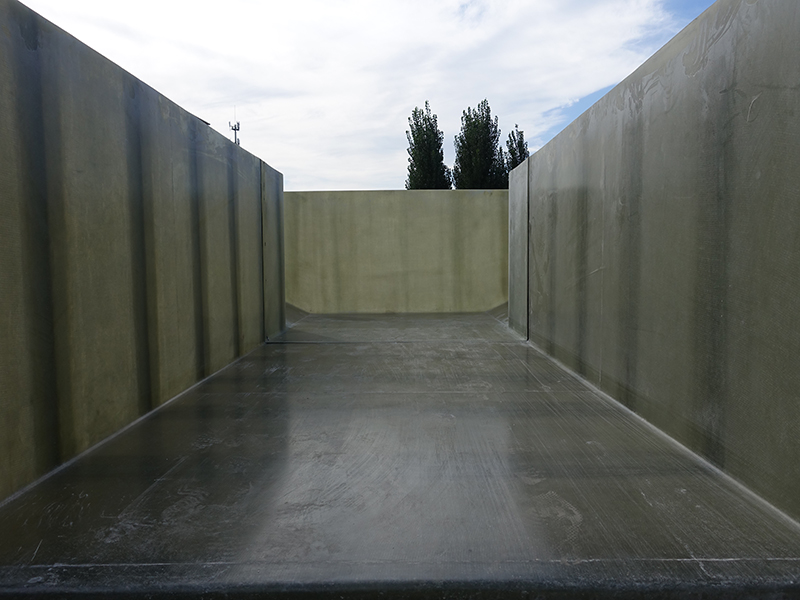
-
 Afrikaans
Afrikaans -
 Albanian
Albanian -
 Amharic
Amharic -
 Arabic
Arabic -
 Armenian
Armenian -
 Azerbaijani
Azerbaijani -
 Basque
Basque -
 Belarusian
Belarusian -
 Bengali
Bengali -
 Bosnian
Bosnian -
 Bulgarian
Bulgarian -
 Catalan
Catalan -
 Cebuano
Cebuano -
 China
China -
 China (Taiwan)
China (Taiwan) -
 Corsican
Corsican -
 Croatian
Croatian -
 Czech
Czech -
 Danish
Danish -
 Dutch
Dutch -
 English
English -
 Esperanto
Esperanto -
 Estonian
Estonian -
 Finnish
Finnish -
 French
French -
 Frisian
Frisian -
 Galician
Galician -
 Georgian
Georgian -
 German
German -
 Greek
Greek -
 Gujarati
Gujarati -
 Haitian Creole
Haitian Creole -
 hausa
hausa -
 hawaiian
hawaiian -
 Hebrew
Hebrew -
 Hindi
Hindi -
 Miao
Miao -
 Hungarian
Hungarian -
 Icelandic
Icelandic -
 igbo
igbo -
 Indonesian
Indonesian -
 irish
irish -
 Italian
Italian -
 Japanese
Japanese -
 Javanese
Javanese -
 Kannada
Kannada -
 kazakh
kazakh -
 Khmer
Khmer -
 Rwandese
Rwandese -
 Korean
Korean -
 Kurdish
Kurdish -
 Kyrgyz
Kyrgyz -
 Lao
Lao -
 Latin
Latin -
 Latvian
Latvian -
 Lithuanian
Lithuanian -
 Luxembourgish
Luxembourgish -
 Macedonian
Macedonian -
 Malgashi
Malgashi -
 Malay
Malay -
 Malayalam
Malayalam -
 Maltese
Maltese -
 Maori
Maori -
 Marathi
Marathi -
 Mongolian
Mongolian -
 Myanmar
Myanmar -
 Nepali
Nepali -
 Norwegian
Norwegian -
 Norwegian
Norwegian -
 Occitan
Occitan -
 Pashto
Pashto -
 Persian
Persian -
 Polish
Polish -
 Portuguese
Portuguese -
 Punjabi
Punjabi -
 Romanian
Romanian -
 Russian
Russian -
 Samoan
Samoan -
 Scottish Gaelic
Scottish Gaelic -
 Serbian
Serbian -
 Sesotho
Sesotho -
 Shona
Shona -
 Sindhi
Sindhi -
 Sinhala
Sinhala -
 Slovak
Slovak -
 Slovenian
Slovenian -
 Somali
Somali -
 Spanish
Spanish -
 Sundanese
Sundanese -
 Swahili
Swahili -
 Swedish
Swedish -
 Tagalog
Tagalog -
 Tajik
Tajik -
 Tamil
Tamil -
 Tatar
Tatar -
 Telugu
Telugu -
 Thai
Thai -
 Turkish
Turkish -
 Turkmen
Turkmen -
 Ukrainian
Ukrainian -
 Urdu
Urdu -
 Uighur
Uighur -
 Uzbek
Uzbek -
 Vietnamese
Vietnamese -
 Welsh
Welsh -
 Bantu
Bantu -
 Yiddish
Yiddish -
 Yoruba
Yoruba -
 Zulu
Zulu
Composite Piping Systems and Fittings for Marine Construction Applications
GRP Pipes and Fittings for Shipbuilding An Overview
In the ever-evolving field of shipbuilding, materials engineering plays a crucial role in the performance, durability, and efficiency of marine vessels. Among the various materials used in ship construction, Glass Reinforced Plastic (GRP) has emerged as a leading choice, particularly for pipes and fittings. With its exceptional strength-to-weight ratio, corrosion resistance, and design flexibility, GRP has revolutionized the marine industry, providing substantial benefits that traditional materials, such as steel and PVC, cannot match.
What is GRP?
GRP, also known as fiberglass, is a composite material made from a polymer matrix reinforced with glass fibers. This combination results in a material that is not only lightweight but also incredibly strong and durable. GRP can be molded into a variety of shapes and sizes, making it ideal for manufacturing pipes and fittings with complex geometries often required in ship systems.
Advantages of GRP Pipes and Fittings
1. Corrosion Resistance One of the primary advantages of GRP is its outstanding resistance to corrosion. In a marine environment where saltwater and various chemicals can degrade traditional metals and plastics, GRP remains largely unaffected. This property is particularly important for systems that handle seawater, chemicals, or wastewater, extending the life expectancy of the components and reducing maintenance needs.
2. Weight Reduction GRP is significantly lighter than commonly used materials like steel and cast iron. This weight reduction is critical in shipbuilding, where every saved kilogram can improve fuel efficiency and overall performance. The reduced weight also facilitates easier handling and installation, making GRP pipes and fittings beneficial in both construction and retrofitting projects.
3. Thermal Insulation GRP exhibits excellent thermal insulation properties, helping to maintain the temperature of fluids transported within the pipes. This is particularly advantageous in water heating systems or processes that require temperature control, as it minimizes energy loss and improves operational efficiency.
4. High Strength Despite its lightness, GRP does not compromise strength. It can withstand high pressures and mechanical stress, making it suitable for various ship systems, including firefighting, cooling, and bilge water management systems.
grp pipes and fittings for ship building

5. Design Flexibility GRP can be manufactured in a multitude of shapes, sizes, and configurations, enabling designers to create custom solutions tailored to specific ship designs and requirements. This flexibility can lead to innovative designs that optimize space and improve system performance.
6. Cost-Effectiveness Although GRP might have a higher initial cost than some traditional materials, its long life cycle, minimal maintenance requirements, and efficiency savings often result in lower overall lifecycle costs. This economic advantage makes GRP an attractive option for shipbuilders.
Applications in Shipbuilding
GRP pipes and fittings are utilized across various applications in contemporary shipbuilding. These include
- Cooling Water Systems In engine cooling and HVAC systems, GRP helps to efficiently transport water without the risk of rust or corrosion, thereby ensuring operational reliability. - Wastewater and Sewage Systems The corrosion resistance of GRP is particularly advantageous in managing wastewater, enhancing hygiene and compliance with environmental regulations.
- Firefighting Systems GRP's lightweight and strong characteristics make it suitable for firefighting systems, ensuring they remain effective under high-pressure conditions.
- Ballast Systems The low weight and flexibility of GRP allow for innovative ballast solutions, contributing towards the stability of the vessel.
Conclusion
As the shipbuilding industry continues to seek advancements in materials that enhance efficiency, performance, and sustainability, GRP pipes and fittings stand out as a leading choice. Their unique properties, such as corrosion resistance, lightweight design, and cost-effectiveness, make them an ideal choice for modern shipbuilding applications. With ongoing advancements in materials science, the role of GRP in shipbuilding is expected to grow, paving the way toward more durable, efficient, and sustainable vessels for years to come. Whether constructing a new vessel or retrofitting an existing one, incorporating GRP technology into ship systems proves to be a prudent investment for shipbuilders worldwide.









